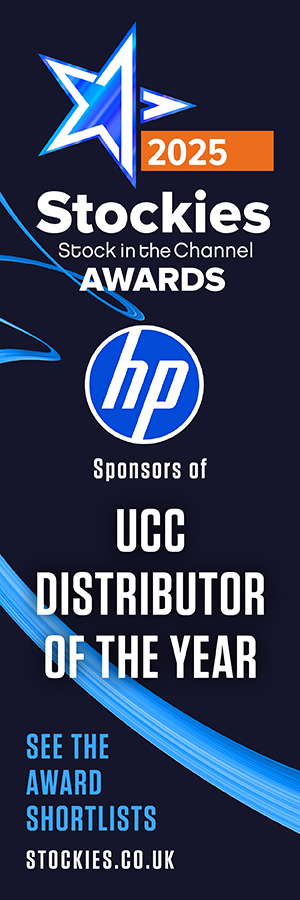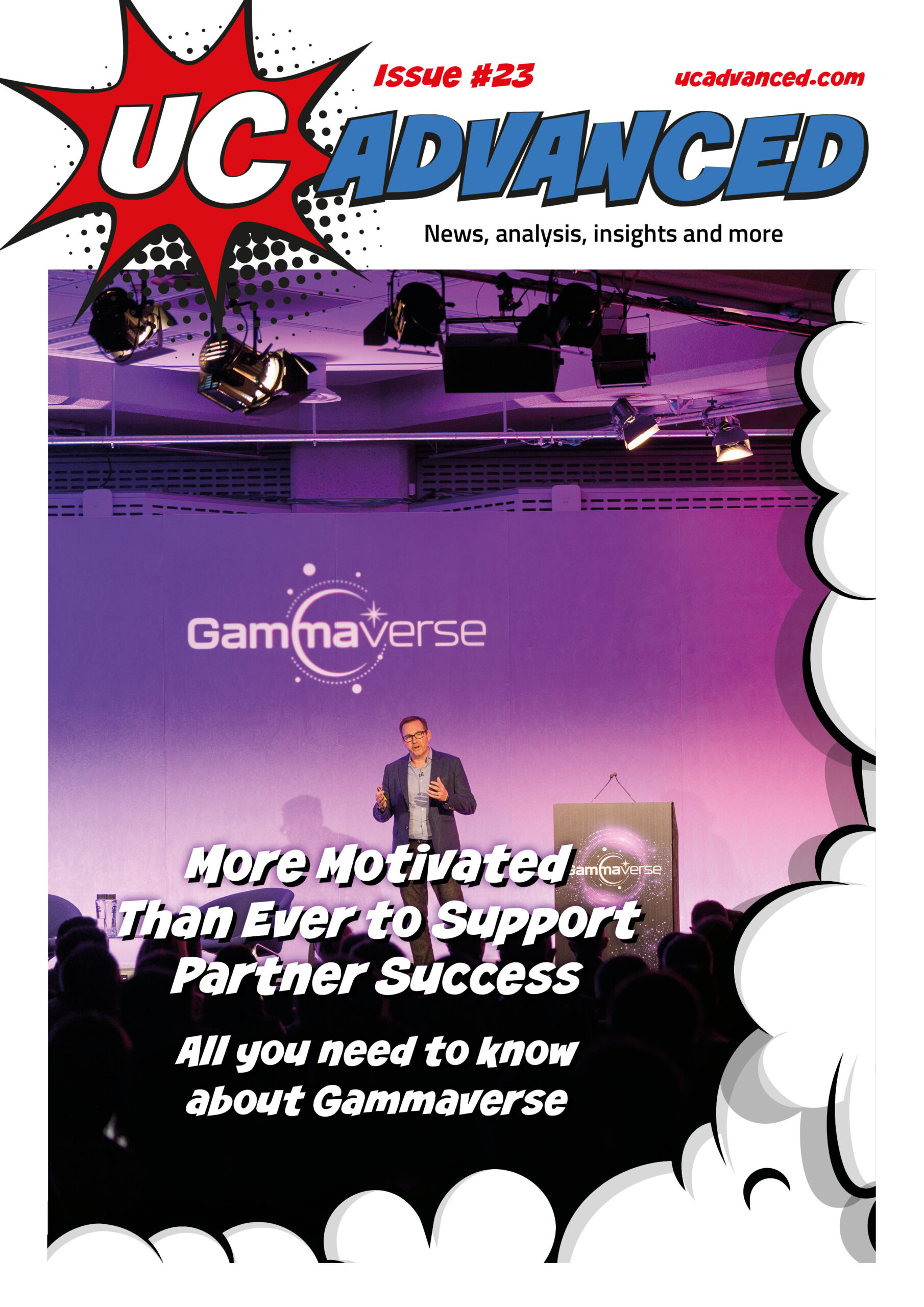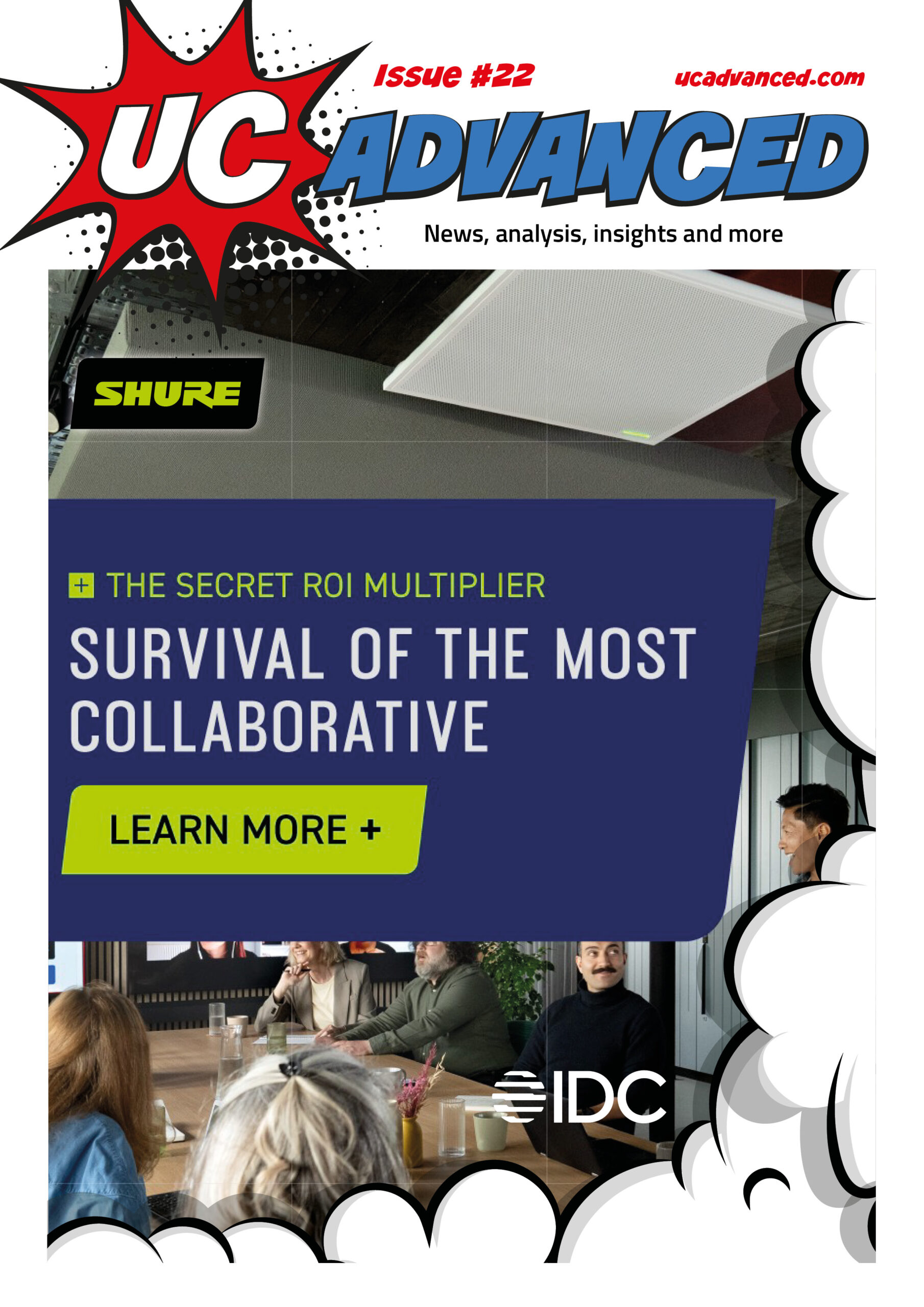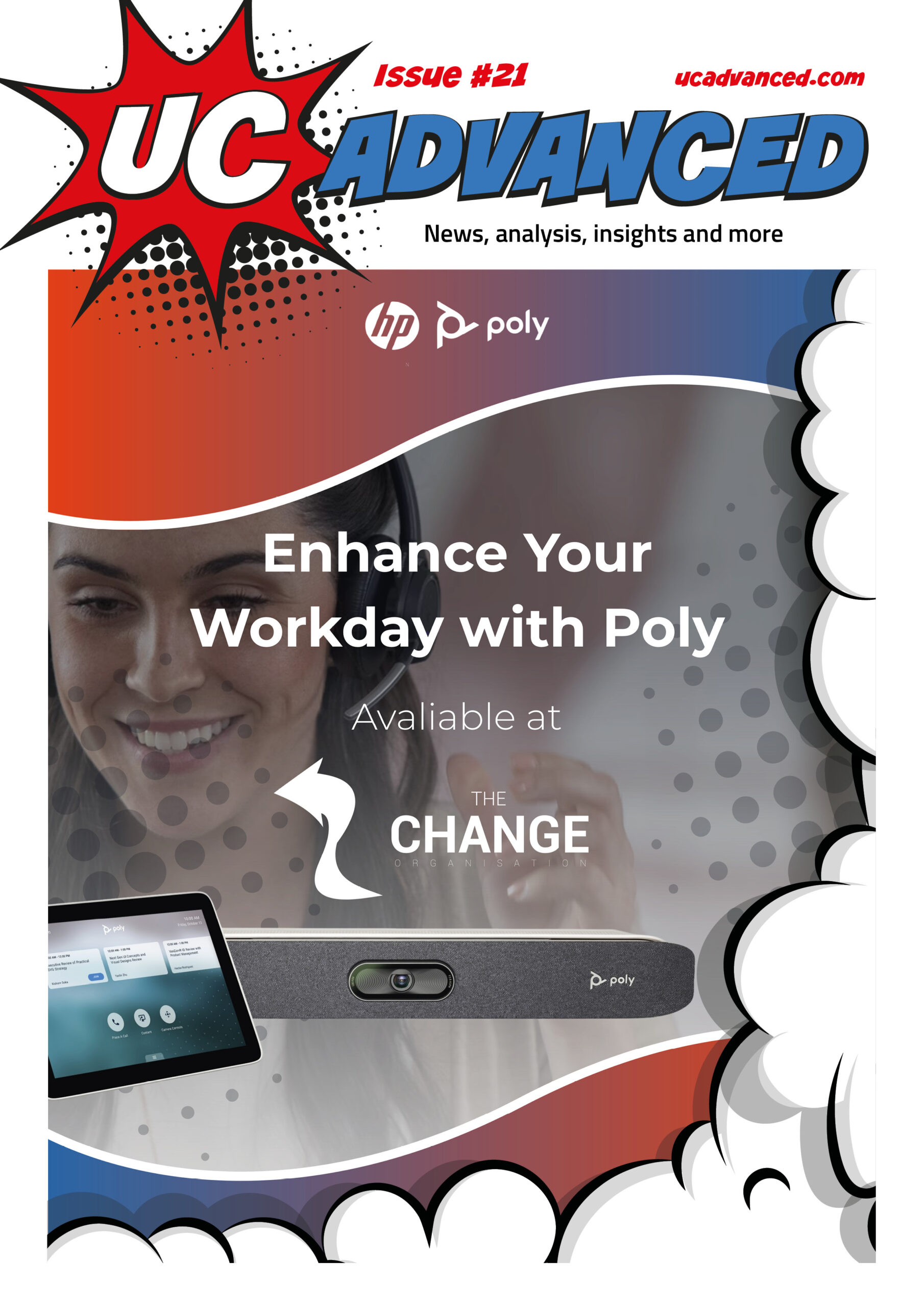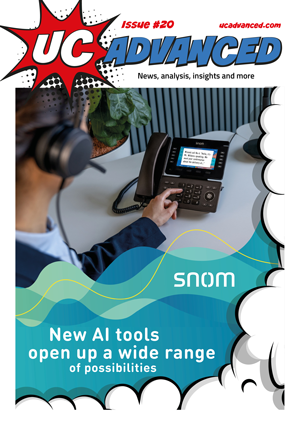This article was originally contributed by Scott Tompkins, Sound Specialist at Logitech in UC Advanced magazine issue#20.
In today’s hybrid and open plan workspaces, employees have come to accept background noise as an unavoidable part of being in the office. Whether it’s the chatter of colleagues, the hum of coffee machines or keyboard tapping, noise has become a tolerated by-product of hybrid working.
However, in doing so, business leaders risk overlooking an obvious, but silent cost – the erosion of productivity, clarity and business impact. Poor audio leads to repeated questions, missed information and reduced engagements, particularly when it comes to virtual and hybrid meetings. Initially, it might just be seen as a minor inconvenience, but over time these small interruptions compound and create frustration and slow decision making.
Consequently, leaders are now realising that the impact of sound costs more than they think. However, with the right audio tools and equipment these losses can be salvaged.
Audio should not be an afterthought
Background noise may seem like a minor annoyance, but in practice, it quietly chips away at business performance. A study from Baswa Acoustic, reveals that colleagues’ conversation and telephone calls are perceived as some of the most stressful office noises that cause the biggest distractions.
For IT and business leaders, the divide between those with quality audio equipment and those without has become a new fault line. Those equipped with professional-grade tools can fully engage, and those without are quickly left in a productivity trap.
Unlike ‘visible’ office upgrades such as statement lighting or collaboration hubs, audio quality has historically been treated as an afterthought. Whilst it’s easy to think of audio as a technical issue, business leaders are starting to see it as a cultural issue. When employees can communicate without any issues, they feel more connected, especially when members are spread across different locations and time zones.
Clear communication is essential to a high-performing workplace. It not only helps to build trust and prevent misunderstandings, but it also helps teams to move faster and with more confidence. When people can hear other properly, they can listen actively and collaborate more effectively.
With less face-to-face interaction, our ability to pick up on tone, nuance and intent is more vital than ever. When sound is poor, those subtitles are lost which can also impact meaning. Clear and reliable sound also ensures that employees feel heard which ultimately improves the quality and output of the conversation which in turn can result in better business decisions.
For remote participants, poor audio can also risk a feeling of meeting exclusion, turning virtual participants into spectators, excluded from the real conversation. This creates a two-tier experience that undermines impactful collaboration.
Small investment with a big return
Fortunately, solving this issue doesn’t require a complex overhaul. Instead, it requires smart investment in high-quality headsets that are purpose-built for today’s hybrid workforce. The latest generations of professional headsets don’t only block out unwanted background noise, but also actively enhance speech and adapt to changing environments. For example, headphones such as Logitech’s Zone Wireless 2 uses advanced AI-driven noise suppression to eliminate both ends of disruptive background noise, solving all noise issues whether you’re in a busy office or working from a café. With features such as hybrid ANC (Active Noise Cancellation) and native Bluetooth Bluetooth technology, this helps to improve user experience and eliminates the USB ‘port war’ that many employees are facing on a daily basis.
The advice here for leaders is clear. It’s not only about investing in new equipment, but investing in your employees’ time and attention. This is a game changer for improve RTO programmes and initiatives, so that that employees are heard, regardless of their location. Given this is an ongoing enterprise issue, the businesses that prioritise fostering strong connections and relationships will be the ones who come out on top.
Sound proofing the future
Many ‘traditional’ office environments were never designed with hybrid collaboration in mind. To support teams across locations, organisations must offer solutions that bridge the in-room and remote experience, by offering intuitive solutions and tools that empower people, rather than constrain them.
For professionals who frequently switch between devices or locations, headsets that provide the flexibility of Bluetooth connectivity, active noise cancellation, and compatibility with major conferencing platforms like Microsoft Teams and Zoom are becoming more widely adopted. The design of these tools caters to the dynamic nature of hybrid work, allowing users to transition seamlessly between calls and tasks.
This shift in mindset is already happening as audio quality is climbing the agenda in boardrooms and IT investment plans. Senior leaders are increasingly recognising that if they expect high performance from their teams, they must also model it. And that includes being equipped with premium, business-grade audio tools.
Making every voice count
The hybrid era demands a re-evaluation of the tools and technologies we rely on daily. Audio quality, once a peripheral concern, has now taken centre stage, influencing productivity, collaboration and leadership effectiveness.
Ultimately, it’s about more than just ‘sound’, it’s about ensuring that every voice is heard, every message is clear and that every team member is empowered and equipped with the right technology for success.
Furthermore, as businesses continue to navigate the complexities of hybrid work, having reliable and high-quality audio solutions becomes not just a luxury but a necessity. It’s an investment in the company’s most valuable asset, its people.

